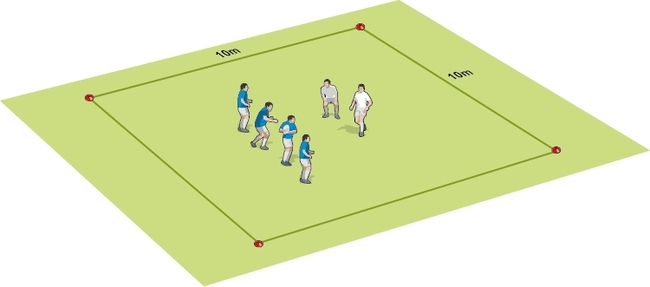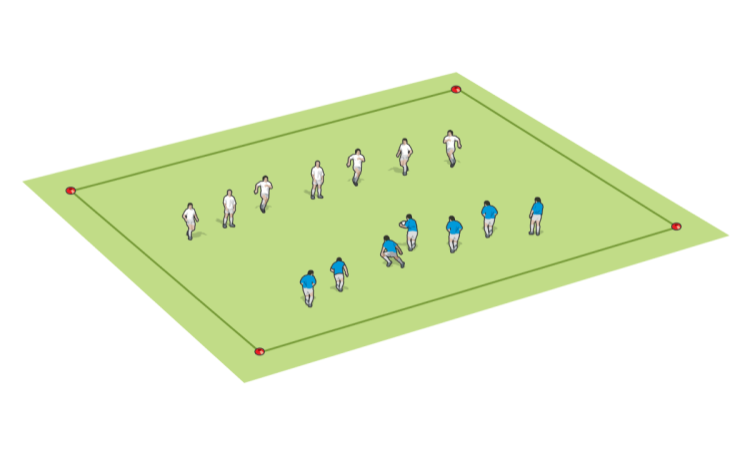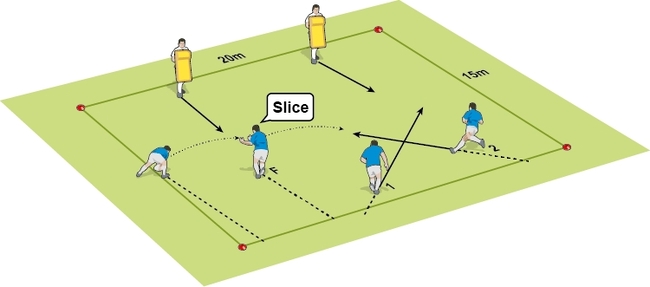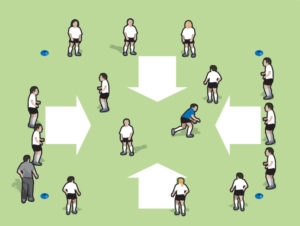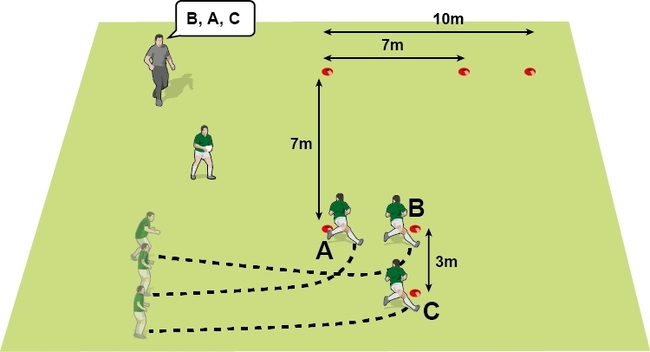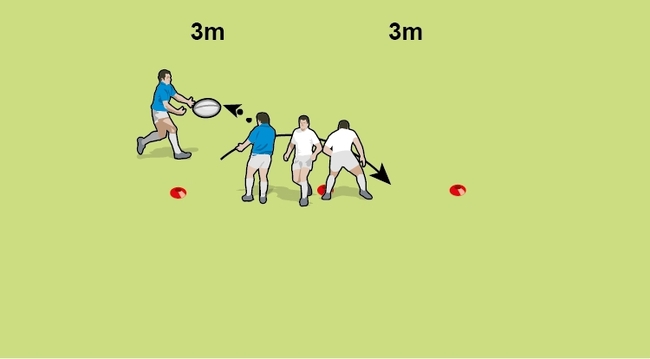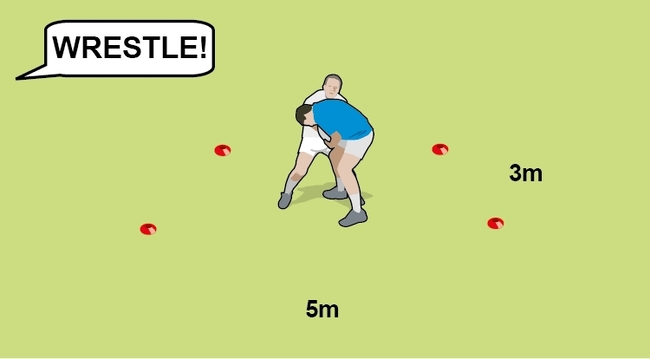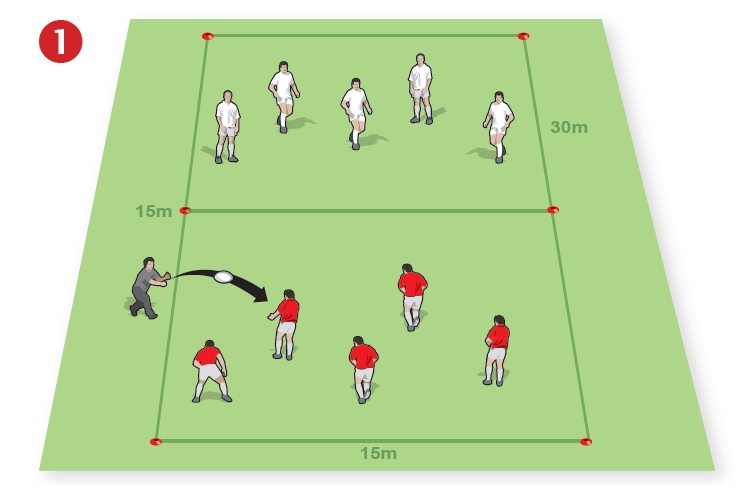Tiger Tails
The Rules
Each tiger has a tag belt or “tail” tucked into the back of their shorts. The tail must be visible so that other tigers can grab it.
The tigers run around inside the playing area, collecting each other’s tails by pulling them out of another tiger’s shorts. When a tiger collects a tail they add it to their own in their shorts. Other tigers can now collect how ever many tails they have.
If a tail drops on the floor any tiger can collect it. However, the first to touch the tail gets it to avoid a tug-of-war.
Tigers cannot grip their tail to stop it being collected. They need to protect their tail by sprinting away, turning and screening instead.
The game can be played to a time limit (2 minutes, say) and see which tiger has the most tails at the end.
Set Up
Area: 40m x 30m or small gym/games hall
Equipment: Tag belts (if used) or old bibs or strips of material for the tails.
Players: Up to a class or squad size.
Scoring
The tiger with the most tails in their shorts wins.
What to Call Out
- “Look for space and move into it”
- “Take short steps when changing direction”
- “Keep your head up to see what’s going on”
Coaching Tips
You can make your own tails from material or use old bibs. Avoid using new bibs as they might get ripped.


Each tiger has a tag or “tail” tucked into their shorts
The tigers collect each others tails.
The tiger with the most tails in their shorts wins.
Newsletter Sign Up
Coaches Testimonials

Gerald Kearney, Downtown Las Vegas Soccer Club

Paul Butler, Florida, USA

Rick Shields, Springboro, USA

Tony Green, Pierrefonds Titans, Quebec, Canada
Subscribe Today
Be a more effective, more successful rugby coach
In a recent survey 89% of subscribers said Rugby Coach Weekly makes them more confident, 91% said Rugby Coach Weekly makes them a more effective coach and 93% said Rugby Coach Weekly makes them more inspired.
Get Weekly Inspiration
All the latest techniques and approaches
Rugby Coach Weekly offers proven and easy to use rugby drills, coaching sessions, practice plans, small-sided games, warm-ups, training tips and advice.
We've been at the cutting edge of rugby coaching since we launched in 2005, creating resources for the grassroots youth coach, following best practice from around the world and insights from the professional game.



